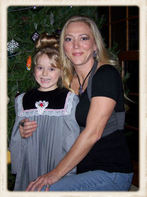My Cyp's are in full bloom here in my garden. They are one of my favorite native orchids. There is just something about them. They have a beauty all their own, and stand out like no other flower in my garden. Although beautiful, the blooms don't last long enough for my liking. Wish they would bloom all summer long.If you're interested in learning more on these beauties read on. If your interested in purchasing them, I have included a link.
Vermont lady slipper Co. sells out fast! Get them as soon as you can in the spring.
Vermont Lady Slipper Company
Vermont lady slipper Co. sells out fast! Get them as soon as you can in the spring.
Vermont Lady Slipper Company
The Showy Lady's-slipper (Cypripedium reginae)
also known as the Pink-and-white Lady's-slipper or the Queen's Lady's-slipper, is a rare terrestrial temperate lady's-slipper orchid native to northern North America.
Despite producing a large amount of seeds per seed pod, it reproduces largely by vegetative reproduction. and remains restricted to the North East region of the the United States and south east regions of Canada. Although never common, this rare plant has vanished from much of its historical range due to habitat loss. It has been a subject of horticultural interest for many years with Charles Darwin who like many, were unsuccessful in cultivating the plant.
It is the state flower of both Minnesota and New Hampshire, United States and was also proposed to be the provincial flower of Prince Edward Island, Canada.
Habitat
Cypripedium reginae grows in calcareous wet lands, open wooded swamps, with tamarack and black spruce.[4] Contrary to many garden tips, C. reginae thrives in neutral to basic soils and prefers growing in fens. Despite growing in mildly acidic environments, its roots can penetrate the mossy layers down to more neutral water sources. It forms clumps by branching of the underground rhizomes. It forms aerial roots in the swampy bog conditions. It is eaten by white-tailed deer.
Cypripedium reginae can be found in Canada from Saskatchewan east to Atlantic Canada, and the eastern United States south to Arkansas and Tennessee.
(information courtesy of Wiki)
also known as the Pink-and-white Lady's-slipper or the Queen's Lady's-slipper, is a rare terrestrial temperate lady's-slipper orchid native to northern North America.
Despite producing a large amount of seeds per seed pod, it reproduces largely by vegetative reproduction. and remains restricted to the North East region of the the United States and south east regions of Canada. Although never common, this rare plant has vanished from much of its historical range due to habitat loss. It has been a subject of horticultural interest for many years with Charles Darwin who like many, were unsuccessful in cultivating the plant.
It is the state flower of both Minnesota and New Hampshire, United States and was also proposed to be the provincial flower of Prince Edward Island, Canada.
Habitat
Cypripedium reginae grows in calcareous wet lands, open wooded swamps, with tamarack and black spruce.[4] Contrary to many garden tips, C. reginae thrives in neutral to basic soils and prefers growing in fens. Despite growing in mildly acidic environments, its roots can penetrate the mossy layers down to more neutral water sources. It forms clumps by branching of the underground rhizomes. It forms aerial roots in the swampy bog conditions. It is eaten by white-tailed deer.
Cypripedium reginae can be found in Canada from Saskatchewan east to Atlantic Canada, and the eastern United States south to Arkansas and Tennessee.
(information courtesy of Wiki)
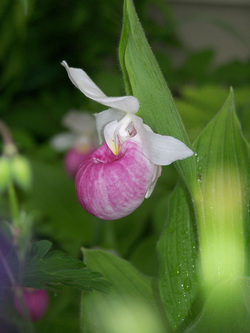
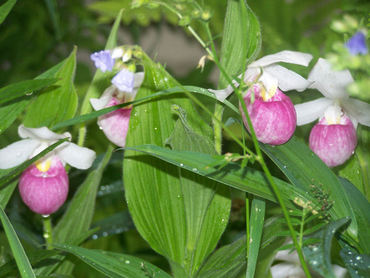
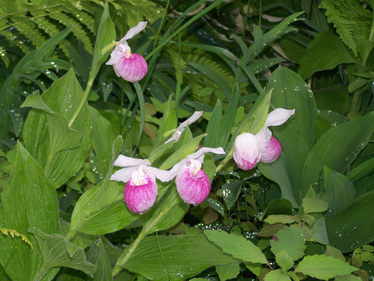
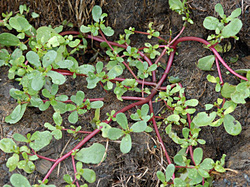
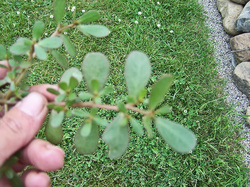
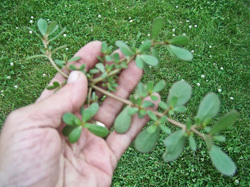
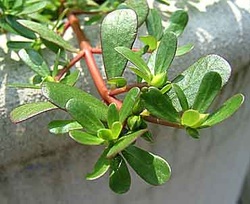
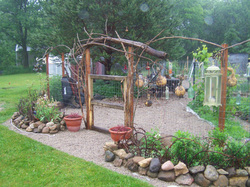
 RSS Feed
RSS Feed